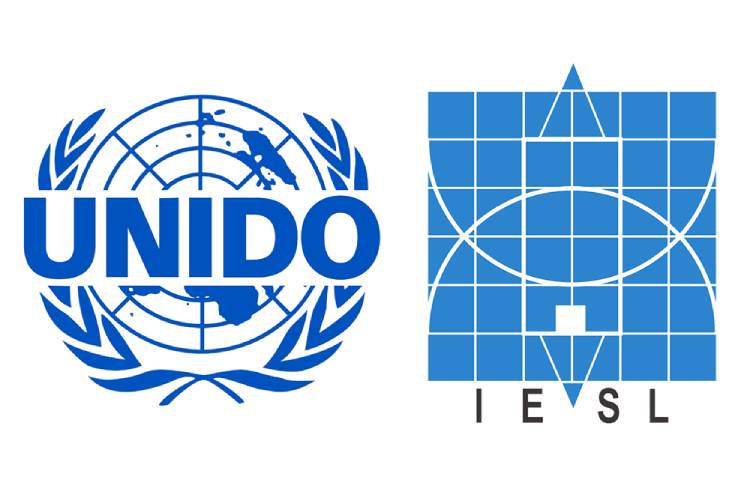In a first effort of its nature, the United Nations Industrial Development Organization (UNIDO) Colombo is collaboratively unveiling a Forum on Bamboo for Energy and Industrial Sustainability on 25 October.
The forum, organised by UNIDO in collaboration with the Institution of Engineers of Sri Lanka(IESL), takes place on Friday October 25at the Institution of Engineers Sri Lanka (IESL), Colombo. T
he speakers and the audience are among professionals and investors from different sectors along with experts from biomass energy and bamboo plantations. T
he Forum is organised under the "Bamboo Processing Sri Lanka" project, launched by the UnitedNations Industrial Development Organization (UNIDO) and funded by Global Environment Facility (GEF). The objective of the project is to develop a bamboosupply chain and product industry in Sri Lanka.
The objective of this"Evergreen Sri Lanka" Forum is to build awareness and transfer the necessary knowledge on bamboo as a biomass energy source and to promote bambooas a substitute for hardwood in an eco-friendly manner. "Evergreen Sri Lanka" is organized as an interactive discussion creating opportunities forthe audience to discuss and confront this upcoming bamboo for an energy topic inSri Lanka.
Bamboo is aneconomically viable crop, which becomes profitable after five years from initialplanting. A bamboo culm on maturity 60 – 70% can be utilized to create valueadded products such as handcrafts, furniture, etc, while the residue becomes avaluable source of energy.
Bamboo has a number of desirable fuel characteristicsuch as low ash content and low surface moisture. The high heat value (HHV) ofbamboo is higher than most identified fuel wood and scores really close to the commonly used, rubber wood. In addition, the moisture content of bamboo is relatively low (8-23%) in comparison to other type of fuel crops, which make sit a profitable and sustainable burning alternative. l.
Industrial sector claims around 25% of Sri Lanka’s annual energy consumption. Research on the country’s bamboosshows that 10 to 14 varieties of bamboo being present and some of them are widely used for household needs and craft making.
(LI)

